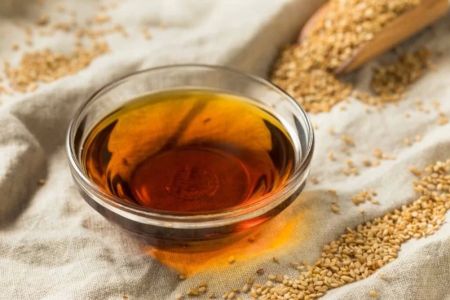Exploring the Essence of Chinese Food Flavors
As a food enthusiast, one of the most fascinating culinary adventures I've embarked on is the discovery of Chinese food. From the moment I first tasted the vibrant and diverse flavors of Chinese dishes, I was hooked. The rich, complex flavors found in Chinese cuisine are unlike anything else. They are a beautiful combination of sweet, sour, salty, bitter, and umami, each playing an essential role in crafting dishes that are bursting with flavor. In this article, I want to take you through the intricate world of Chinese food flavors and spices, giving you a deeper understanding of the unique taste profiles that make Chinese cuisine so special.
Sweet, Sour, Salty, Bitter, and Umami: The Five Fundamental Tastes
One of the most intriguing aspects of Chinese food is the balance of the five basic tastes: sweet, sour, salty, bitter, and umami. These flavors are the foundation of Chinese cooking, and achieving the right balance between them is essential to creating authentic dishes. When I first tried a dish like Kung Pao chicken, I was amazed by how the sweet soy sauce, spicy chilies, and sour vinegar blended perfectly, creating an unforgettable flavor profile. Let’s dive into these tastes and how they are used in Chinese cooking:
- Sweet: The sweetness in Chinese food often comes from ingredients like sugar, honey, or sweet soy sauce. It can be found in dishes like sweet and sour chicken or in the glaze of roasted meats. The sweetness provides balance and complements the more pungent or spicy flavors.
- Sour: Vinegar, particularly Chinese black vinegar, is commonly used to add sourness to dishes. It enhances the depth of flavors and is particularly prominent in dishes like hot and sour soup, where the sourness brightens up the richness of the broth.
- Salty: Soy sauce is the backbone of salty flavors in Chinese cuisine. It's used in everything from stir-fries to marinades, contributing a savory and umami-rich base to the food. Salt is also used, but soy sauce is the primary vehicle for this flavor.
- Bitter: Bitter flavors might not be as commonly appreciated in Western cooking, but they are essential in Chinese food. Ingredients like bitter melon and certain herbs provide a layer of complexity and a slight edge that contrasts with sweeter and saltier elements.
- Umami: This savory taste is the essence of depth in many Chinese dishes. It comes from ingredients like soy sauce, fermented beans, and mushrooms, with dishes like hot pot or braised meats showcasing umami in abundance.
Chinese Spices: The Secret Behind the Magic
The true magic of Chinese cuisine lies not only in the balance of flavors but also in the use of spices and herbs. These ingredients are crucial in crafting dishes that are aromatic, flavorful, and layered. As I delved deeper into the cooking methods, I was introduced to some spices that I had never encountered before. Here are some of the key spices and their uses in Chinese cooking:
Star Anise
One of my absolute favorite spices in Chinese cuisine is star anise. This star-shaped spice has a sweet, licorice-like flavor that gives Chinese braised dishes and stews their signature aromatic quality. It’s commonly used in slow-cooked dishes like red-cooked pork, where it melds with soy sauce, cinnamon, and other spices to create a deep, savory, and slightly sweet flavor.
Chinese Five-Spice Powder
Chinese five-spice powder is a blend of five ingredients—star anise, cloves, Chinese cinnamon, Sichuan peppercorns, and fennel seeds. This mix is often used to season meats, particularly in Cantonese cuisine, where it gives roasted meats like duck and pork their distinct flavor. I remember trying a roasted duck for the first time, and the five-spice blend elevated the dish to another level, combining warmth, heat, and an almost sweet undertone.
Sichuan Peppercorns
Perhaps one of the most intriguing spices in Chinese cuisine, Sichuan peppercorns offer a numbing, tingling sensation on the tongue, thanks to a compound called hydroxy-alpha-sanshool. I first experienced this sensation in a dish like mapo tofu, where the peppercorns paired perfectly with the spicy chili paste to create a mouthwatering, multi-layered experience. The numbing effect is a defining characteristic of Sichuan cuisine, and it’s what makes their dishes so unique and memorable.
Ginger and Garlic
No discussion about Chinese spices would be complete without mentioning ginger and garlic. These two ingredients are used extensively in Chinese cooking to provide warmth, depth, and aromatic qualities. Whether used in stir-fries, soups, or marinades, ginger and garlic work together to add an unmistakable fragrance and spice to the dishes.
The Role of Herbs in Chinese Cuisine
In addition to spices, herbs play a critical role in Chinese cuisine. While spices provide the core flavor, herbs like Chinese chives, cilantro, and mint are used to add freshness and lightness to dishes. These herbs often appear as garnishes or in the form of aromatic broths, bringing balance and contrast to the richer, heavier components of a meal. I recall the first time I had a bowl of hot and sour soup, garnished with cilantro and scallions, and how those fresh herbs lifted the entire dish.
Commonly Used Herbs
- Cilantro: A staple in many Chinese dishes, cilantro adds a bright, citrusy note that enhances soups, stir-fries, and even dumplings.
- Scallions: Also known as green onions, scallions are used to provide a mild, onion-like flavor to a variety of Chinese dishes, often added at the end of cooking or as a garnish.
- Chinese Chives: These long, flat herbs have a delicate garlic flavor and are often used in dumplings, stir-fries, and soups to add an aromatic punch.
The Importance of Heat and Cooking Techniques
The use of heat in Chinese cooking is not just about cooking food; it’s about infusing the flavors of the spices and ingredients. Wok cooking, for example, involves high heat and quick stir-frying, which helps to preserve the freshness of vegetables while developing deep, smoky flavors in meats and sauces. In contrast, steaming and braising bring out a different set of flavors, often highlighting the tender textures of fish or pork. The method of cooking is just as important as the ingredients themselves in Chinese cuisine.
As I’ve learned more about Chinese cooking, I’ve come to appreciate the delicate balance of heat, spices, and flavors that come together to create each dish. Whether I’m preparing a fiery Sichuan dish with peppers and garlic or enjoying the sweetness of Cantonese-style honey glazed chicken, each meal offers a unique taste experience. The flavors and spices of Chinese food are as diverse as the regions from which they originate, and this complexity makes Chinese cuisine one of the most exciting and rewarding culinary traditions in the world.


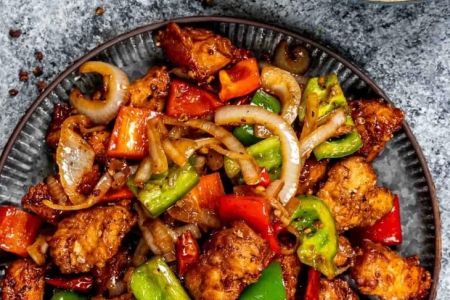
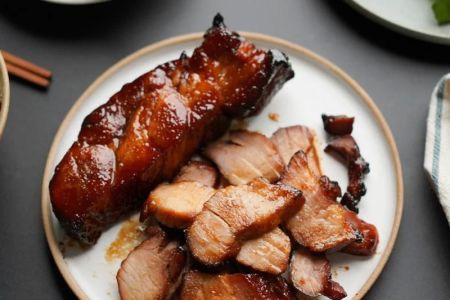
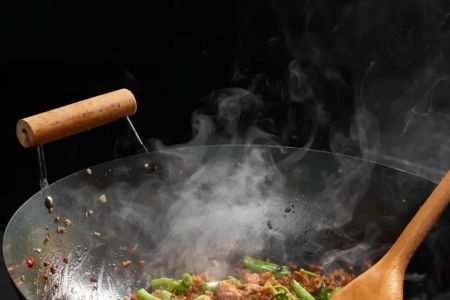
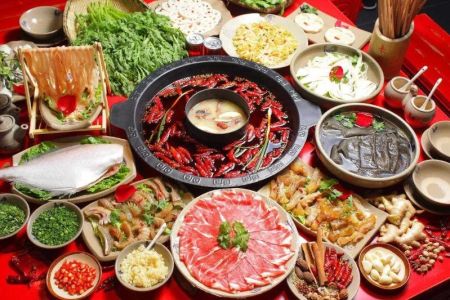
![Top Chinese Restaurants for Authentic Cantonese Cuisine in [Your City]](https://img.gochinarose.com/d33/2507/4157910400_450x300.webp)
